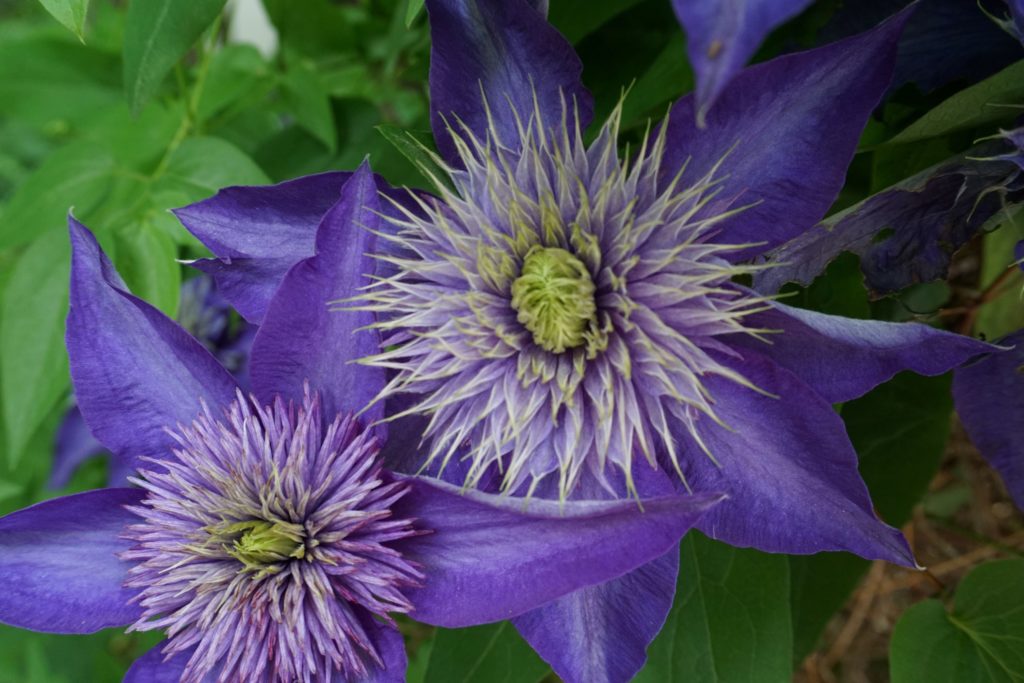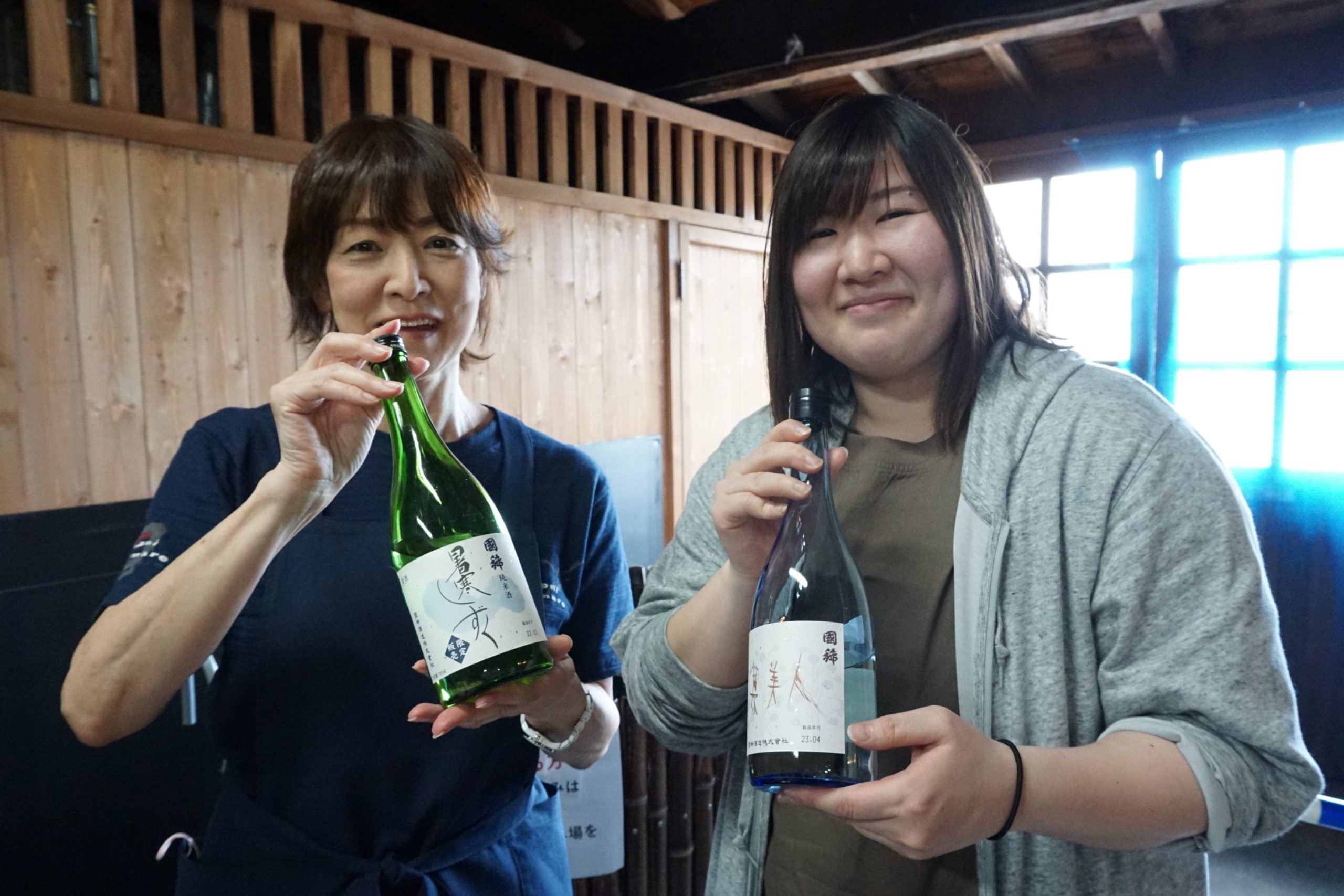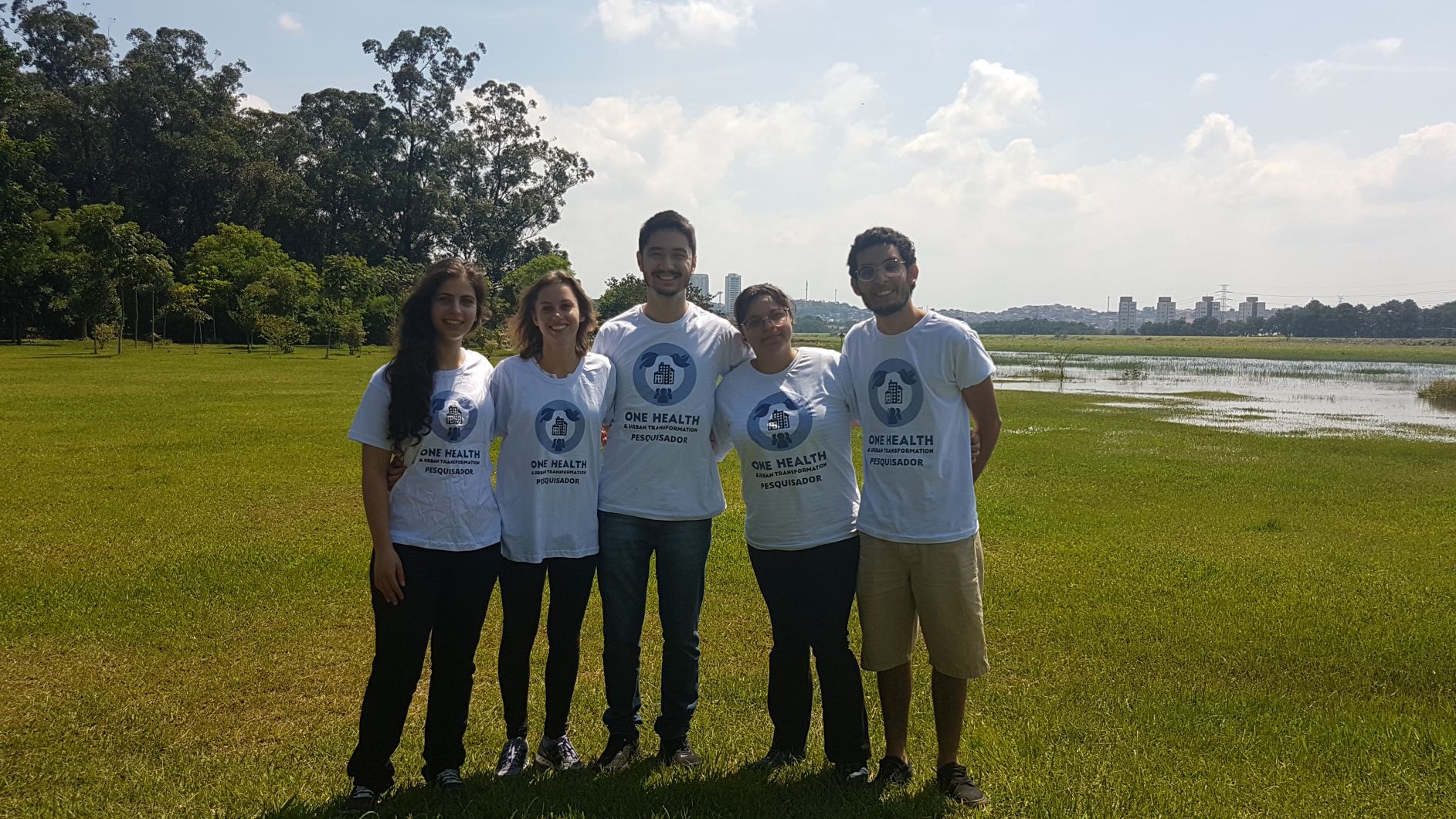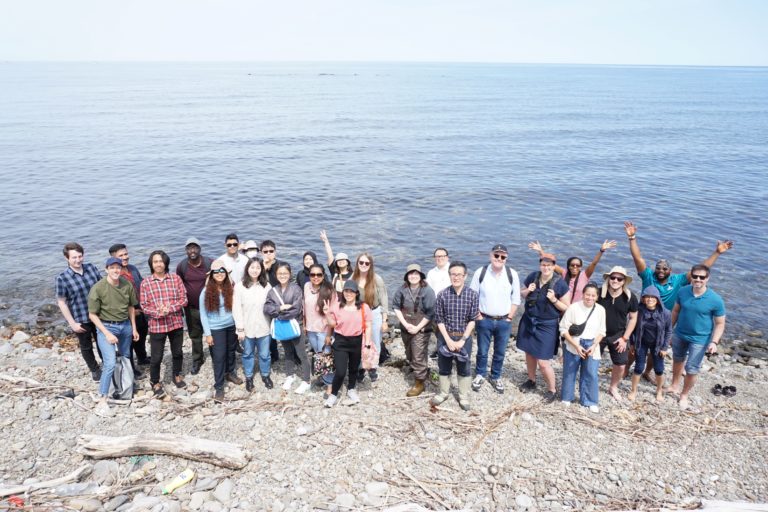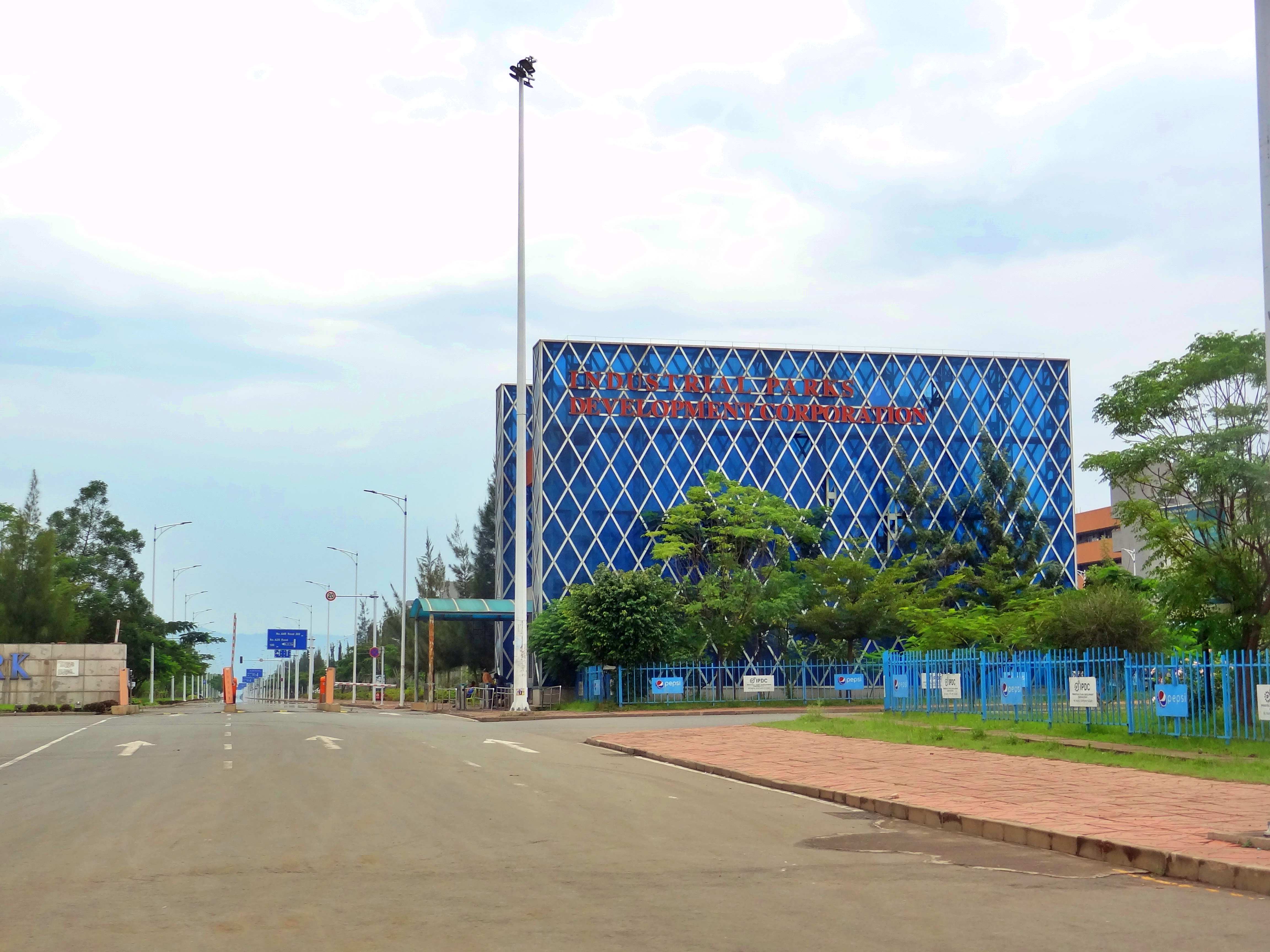Japan-BLOG. Experiencing the values of Omotenachi (hospitality) and Kyoryoku (cooperation) (Day 4)
BLOG 4. June 22, 2023. Visiting some of Hokkaido’s cultural heritage sites.
Our stay in Mashike on the Isle of Hokkaido comes to an end after two days of intensive fieldwork. So we want to highlight two aspects that we think have stood out in our short time in Mashike, namely: hospitality (in Japanese: Omotenachi) and cooperation (in Japanese: Kyoryoku). These features are somehow intertwined in every day’s life in Japan.
Maruichi Honma’s Old Merchant House
We set off to visit a famous Hokkaido heritage site, called the Old Merchant House of the Maruichi Honma Family. It is located in Mashike’s Wakkanai Area, which is close to the beach and coast of the Sea of Japan, the ocean on the west side of Hokkaido. The Old Merchant House was founded in 1875 by the Honma family and started as a kimono fabric warehouse. Business expanded into the herring fishing and shipping industry, and sake brewing. It became known as the wealthiest merchant house in the region. Today, the property, which was certified as a nationally designated Important Cultural Property in Japan in 2003, is open for the public and a major touristic attraction on the Isle of Hokkaido.
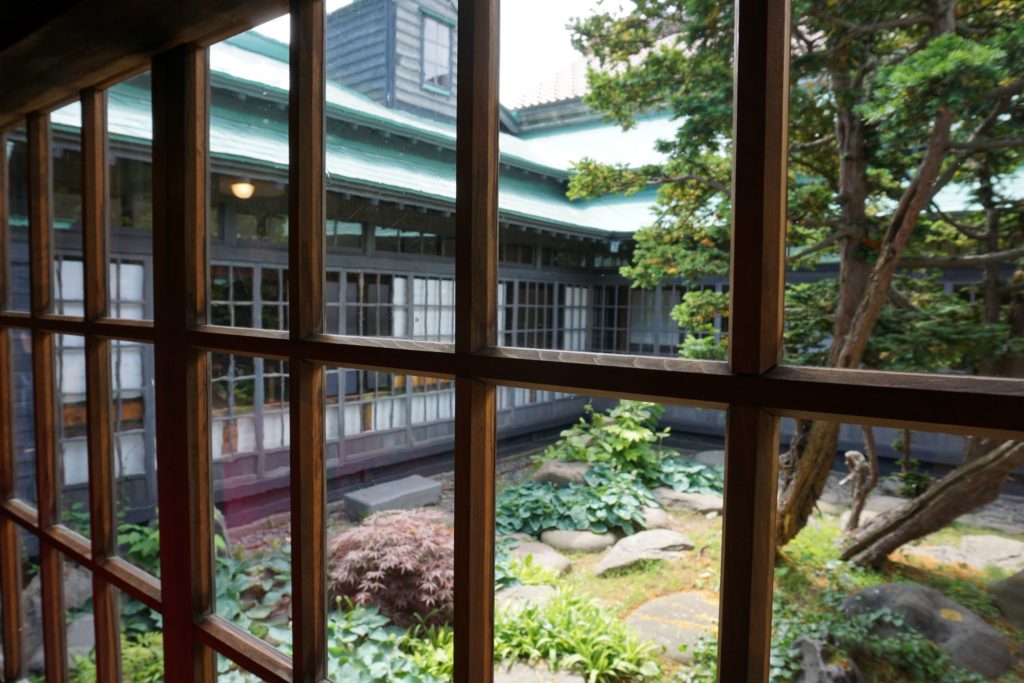
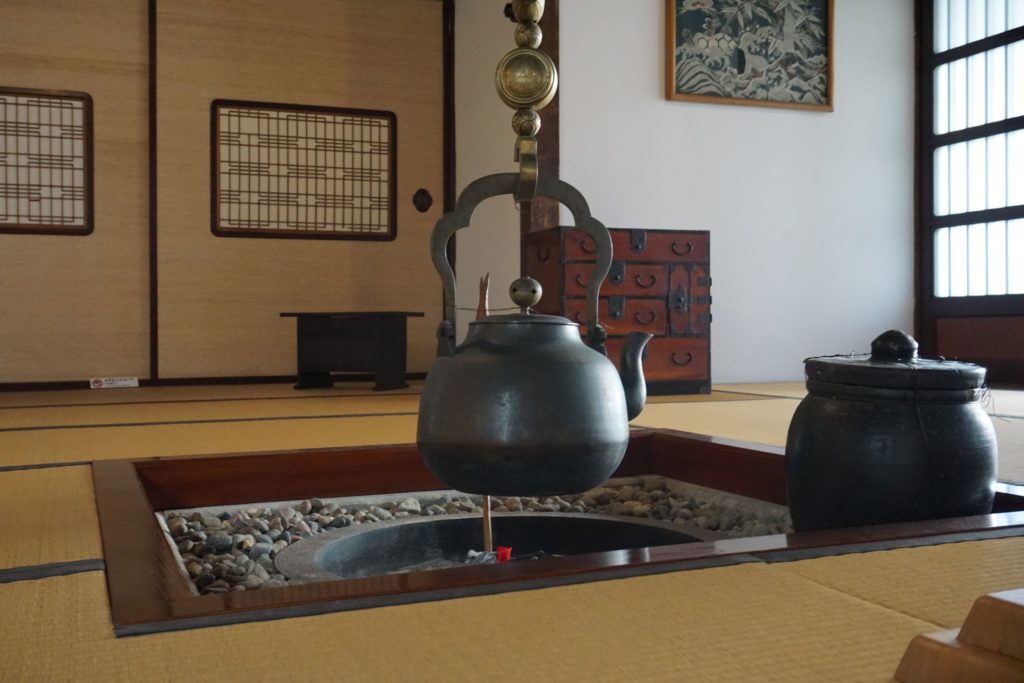
Only the best for guests
The best room of Maruichi Old Merchant House is located on the third floor, with two large windows. If you look out of one of the windows, you have an amazing view of the Sea of Japan and Mashike’s coastline, whereas the other window offers a beautiful vista of the high mountains stretching beyond the edge of town. Given the Omotenachi (hospitality) aspect of Japanese culture, this special room with the amazing views was reserved for guests, to make them feel welcome. On the way to our visit to this house, nearly 150 years after it was created, we were welcomed by everyone in Mashike: From fishermen, cooperative members, students, professors, farmers to government officials. Everyone has given us their best “room” to make us feel happy, reflecting on the hospitality of Japanese people as an important principle of their culture.
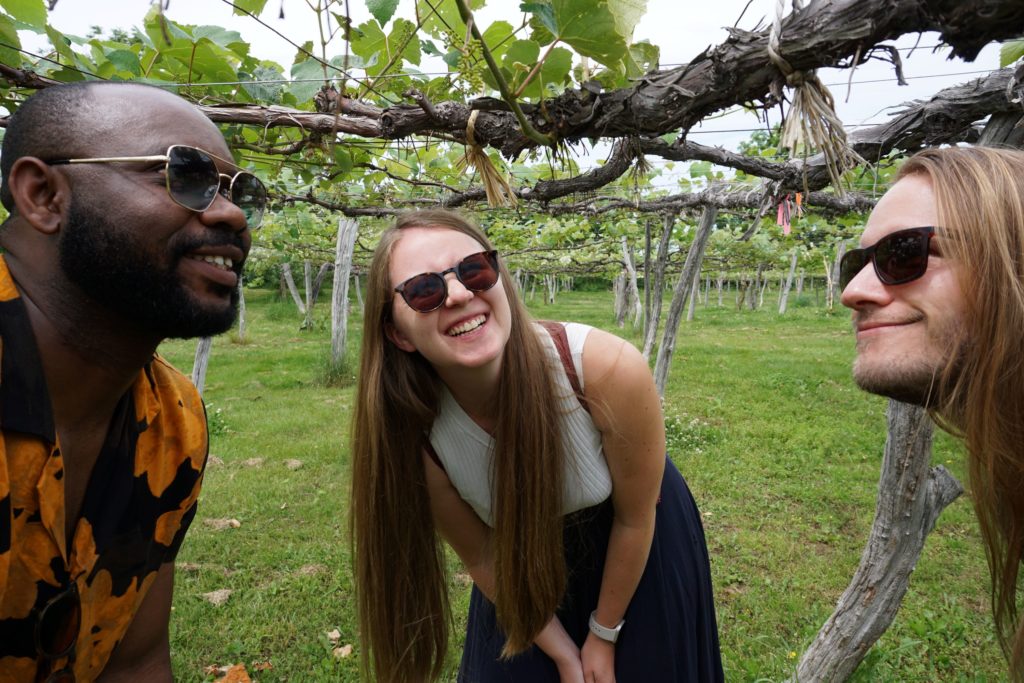

Cooperation-based values are at the core of Japanese culture
The second aspect that stood out in our site visit is cooperation (Kyoryoku). Mashike is well-known in Japan for its fishing activities and its fishermen are organized in cooperatives. A fundamental rule of its members is to never fish alone. Before leaving, they organize themselves into groups as a way of guaranteeing everyone’s safety, emphasizing the importance of teamwork. As for Omotenachi (hospitality), Kyoryoku (cooperation) can be found everywhere in Japan too. Just like in fishery, those working in agriculture are also organized in local cooperatives that facilitate dialogue at the regional level.
We believe that this basic understanding of cooperation is extrapolated to community work. The welcome we have received has not only been warm and full of kindness, but also the result of cooperation and teamwork from all the organizations with which we have interacted during this journey.
Felipe Quartucci and Micely Diaz Espaillat
The (hi)story of Sake
If one wants to know more about the Japanese culture and values, getting to know the Sake production process is a good start. Sake has played a central role in Japanese life and culture for the past 2,000 years. There are about 1,400 Sake breweries in Japan today, of which 16 are located in Hokkaido. One of them is Kunimare Sake Brewery, which is 140 years old and considered to be the oldest in Hokkaido. A Sake brewery in a city indicates important social environmental factors. First, Sake breweries are mostly located in prosperous cities, such as Mashike with its distinctive fishery industry. Second, Sake can only be produced with high-quality water resources available, since water is the most decisive factor for the quality of Sake. Thus, Kunimare brewery uses water coming directly from the surrounding mountain springs. Last but not least, Sake production requires a good agricultural environment for developing excellent rice varieties – such as the special Mashike rice used at Kunimare brewery.
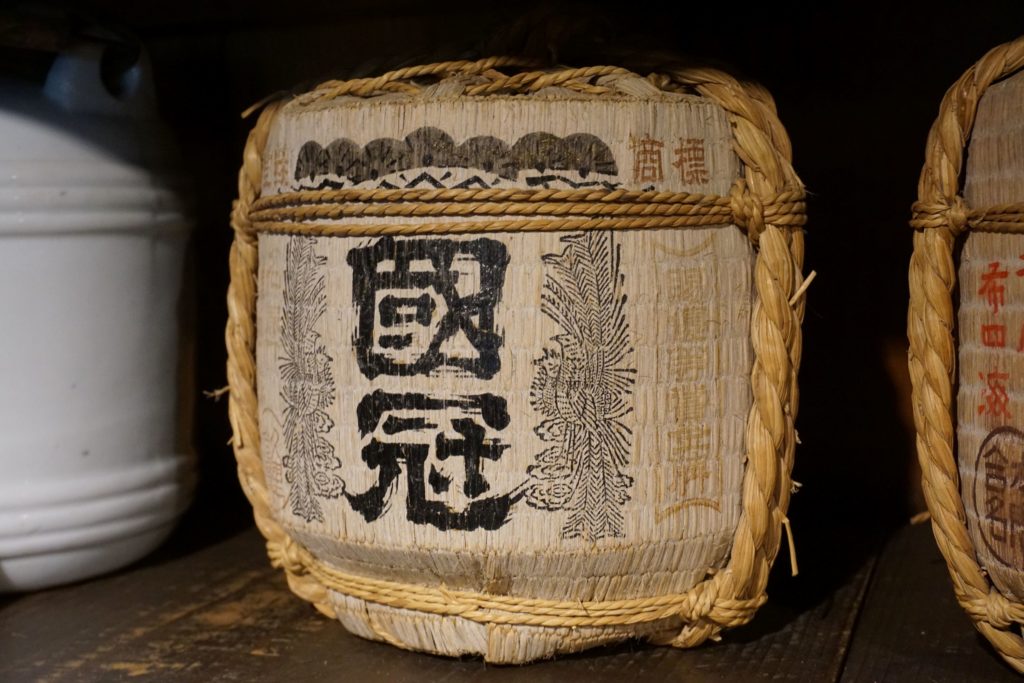
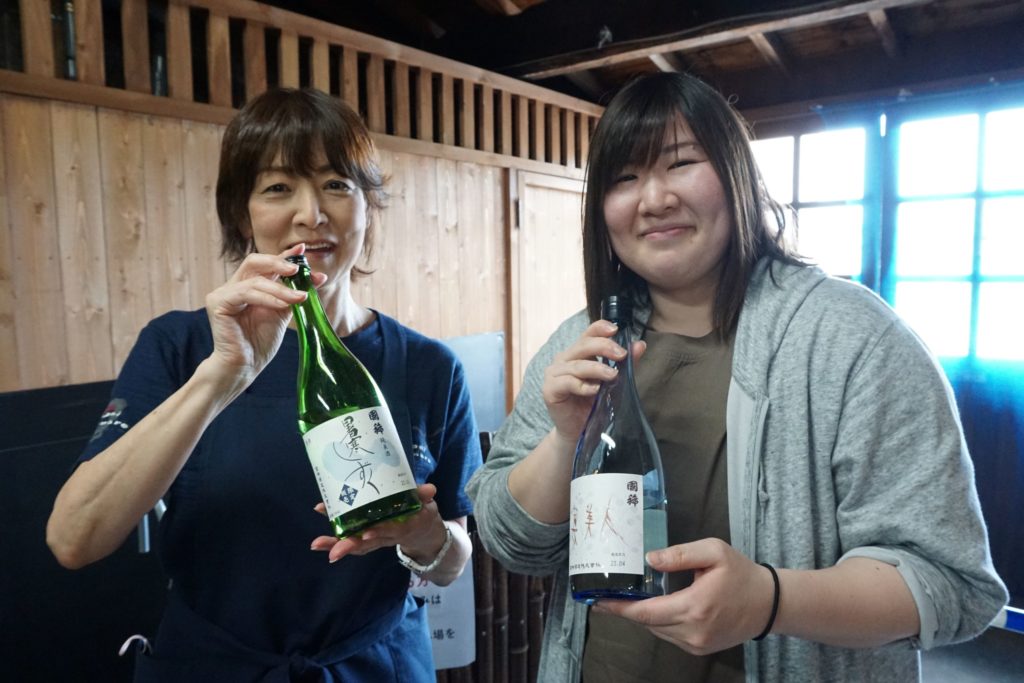
Text by: Felipe Quartucci and Micely Diaz Espaillat
Photos: Max Voit
ZEF researchers blog about their research excursion to Japan (June 17-25, 2023). Find general info and excursion’s program on our website here.
